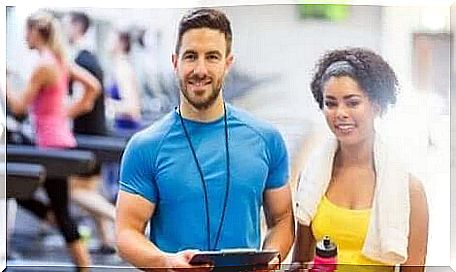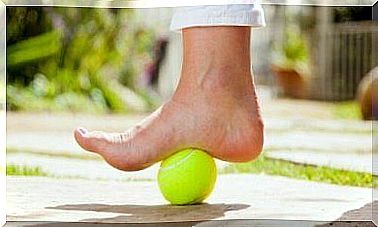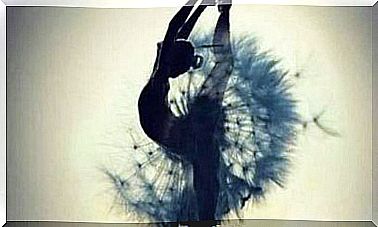Differences Between A Coach And A Sports Psychologist

Many think that a coach and a sports psychologist have the same role in an athlete’s life. Even though they do similar things, there are many differences. In this article, we will tell you what the differences are between a coach and a sports psychologist.
It is first clarified that a coach cannot be a sports psychologist because the coach lacks proper training. A sports psychologist, on the other hand, can be a coach.
What does a sports psychologist do?

Sports psychologists first study psychology and then specialize in this particular field. They have precise tools for their work. The psychologist is responsible for studying the psyche, cognition, and human behavior and emotions.
For this reason, you should have a sports psychologist on the playing field. He looks at the attitudes of the athlete or team and can thus try to improve their skills or correct certain behaviors that may adversely affect their performance.
A sports psychologist is a professional who motivates and helps every athlete to give their best. On the other hand, he not only helps the athlete to function in a group, but also to develop as an individual. A sports psychologist knows that individual work is also needed.
Tasks of a sports psychologist
A coach and a sports psychologist are not the same thing because the roles they have are completely different. Below you will find the tasks that belong to a sports psychologist.
- Judgment. Injuries or family problems can affect an athlete’s performance. A sports psychologist should evaluate the situation in order to guide the athlete in the best possible way.
- Advice. After the assessment, the sports psychologist gives advice to the athlete. For example, imagine that an athlete does not cope with the media in a healthy way. A psychologist can help him with that.
- Intervention. Here, the athlete is given the necessary tools to deal with their problems.
- Coaching athletes. A sports psychologist also coaches athletes. This helps them learn stress management as well as motivates them and improves their skills and abilities.
The role of the coach

The coach has no training in psychology. His way of working is thus quite different from that of a sports psychologist. These tasks belong to the coach:
- Motivation. Coaches help each player give their best and improve teamwork.
- Communication. One essential tool for coaches is dialogue. They discuss each player’s strengths and weaknesses to improve the latter.
- Perspectives. They seek to change the perspective that an individual may have regarding their own abilities.
In short, the coach strives to improve the skills of each athlete as well as ensure that they are motivated to improve and give their best both as an individual and as a team.
Differences between a coach and a sports psychologist: a summary
The differences between a coach and a sports psychologist are thus related to what kind of education they have and what kind of tasks each has. On the other hand, there are also some similarities between them. A sports psychologist has certain tools that are supported by strategic analytical methodologies. The coach, on the other hand, does not have such specialized training, but is good at communicating and motivating. He can help a team or one athlete achieve their goals.
Both professionals are equally important as they aim to get athletes to achieve their goals by giving their best. However, coaches and sports psychologists work or work from different perspectives.









